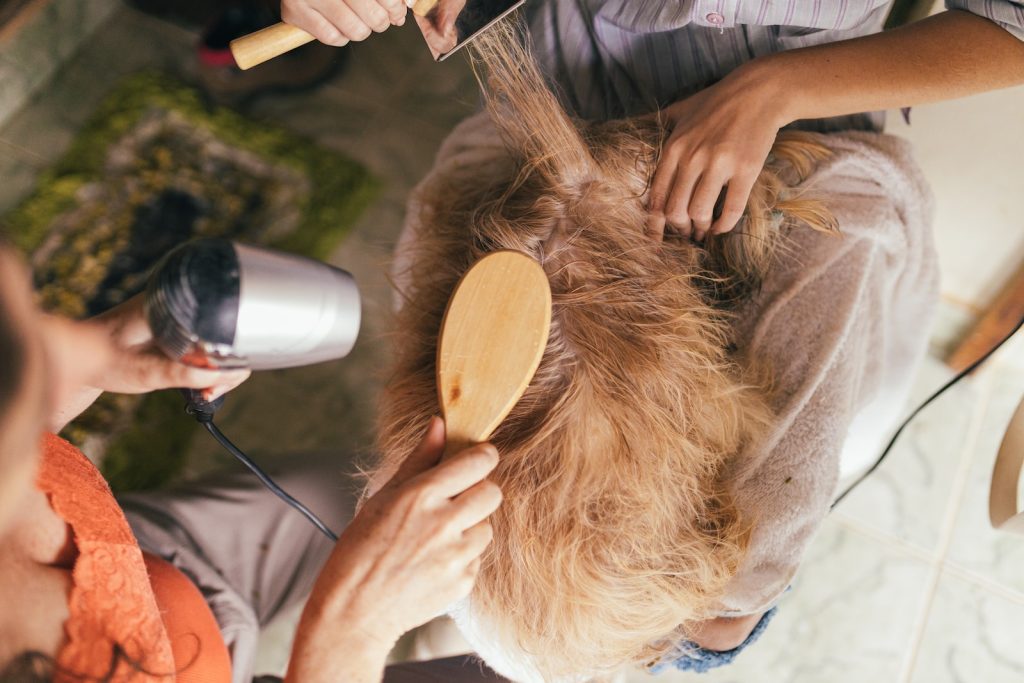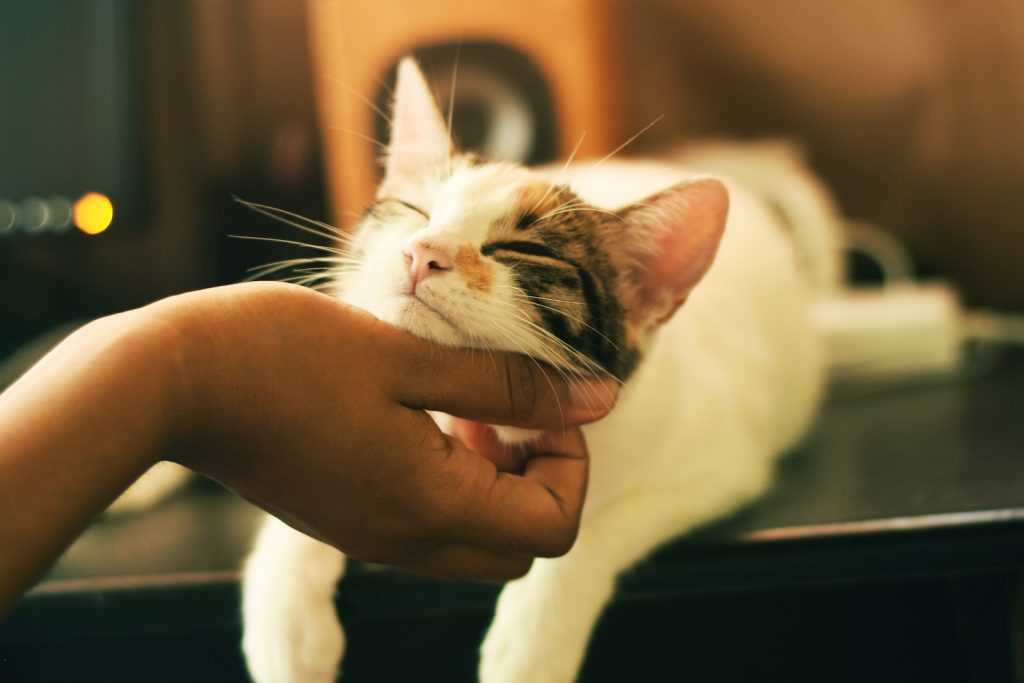As pet owners, we all want to keep our animals healthy, happy, and well-groomed. Professional grooming services, on the other hand, may rapidly pile up and constitute a considerable expense in our monthly budgets. In this post, we’ll look at some easy and practical DIY grooming methods and tactics that may help you save money on pet care while keeping your pet looking and feeling their best.
Why is pet grooming important?

Before we go into DIY pet grooming ideas, let’s talk about why grooming your pet is so important. Grooming your pet on a regular basis contributes to their general health and cleanliness. Brushing and washing on a regular basis can help to avoid skin irritations, mats, and other skin concerns. Grooming may also help maintain your pet’s hair as lustrous and healthy as possible, minimise shedding, and keep fleas and ticks at bay. Grooming also allows you to bond with your pet while also monitoring their general health.
Grooming Essentials
You’ll need some basic tools to get started with DIY pet grooming. Consider the following important grooming tools:
1. Brush
Each pet owner should have a nice brush. Various brush types are suited for different sorts of coatings. Slicker brushes, for example, are preferable for long-haired pets, whereas rubber brushes are great for short-haired pets.
2. Nail clippers
Nail clipping is critical for your pet’s health and comfort. Be careful to select the appropriate nail clipper for your pet’s size and nail thickness.
3. Shampoo
Pick a pet shampoo that is suitable for your pet’s skin type and coat condition. Human shampoos should be avoided since they might be too abrasive for your pet’s skin.
4. Towels
A few towels will be required to dry your pet after washing and to clean up any messes made while grooming.
DIY Grooming Tips and Tricks

Now that you have the essential grooming supplies, let’s look at some easy and effective DIY grooming techniques and methods to help you save money on pet care costs.
1. Brush regularly.
Brushing on a regular basis can help to avoid matting, minimise shedding, and maintain your pet’s healthy, lustrous coat. Brush your pet at least once a week, or more frequently if they have lengthy hair. For long-haired pets, use a slicker brush, while for short-haired pets, use a rubber brush.
2. Bathe Your Pet at Home
Instead of taking your pet to a professional groomer for a bath, try bathing them at home. Use a high-quality pet shampoo and a towel to dry them off. Be sure to rinse thoroughly to avoid any leftover soap residue.
3. Trim Nails at Home
Trimming your pet’s nails at home can save you money and help prevent painful overgrowth. Use a nail clipper appropriate for your pet’s size and thickness. If you’re unsure how to trim your pet’s nails, ask your veterinarian for guidance.
4. Clean your pet’s ears.
Regular ear cleaning can help prevent ear infections and other ear problems. Use a pet ear cleaner and a cotton ball to clean your pet’s ears gently.
5. Brush your pet’s teeth.
Just like humans, pets need regular dental care to maintain good oral health. Brush your pet’s teeth regularly with a pet toothbrush and toothpaste. If your pet is resistant to brushing, try using dental chews or treats instead.
6. DIY Flea and Tick Prevention
Instead of spending money on expensive flea and tick treatments, try using natural remedies like apple cider vinegar, essential oils, or a homemade flea spray. Be sure to do your research and speak with your veterinarian before using any new flea and tick prevention methods.
7. Use Homemade Grooming Products
You can save money on pet grooming products by making them at home. For example, you can make a DIY dry shampoo for your pet by mixing baking soda and cornstarch. You can also make a homemade coat conditioner using coconut oil and essential oils.
8. Learn Basic Grooming Techniques
Learning basic grooming techniques like how to trim your pet’s fur can save you money on professional grooming services. Watch online tutorials or speak with your veterinarian for guidance on how to groom your pet.
9. Stay on Top of Grooming
Regular grooming can prevent more significant health issues down the road. By staying on top of your pet’s grooming routine, you can catch any potential health concerns early on and address them promptly.
10. Consider Grooming Your Pet Yourself
If you’re up for the challenge, consider grooming your pet yourself instead of taking them to a professional groomer. With the right tools and techniques, you can save money and bond with your pet during the grooming process.
Conclusion
In conclusion, DIY pet grooming is a great way to save money on pet care expenses while keeping your furry friend healthy and happy. By following these simple and effective grooming tips and tricks, you can maintain your pet’s health and hygiene while keeping more money in your wallet.
FAQs
- How often should I groom my pet? It depends on your pet’s coat type and length. Long-haired pets may need daily brushing, while short-haired pets may only need weekly brushing.
- Can I use human shampoo on my pet? No, human shampoo can be too harsh for your pet’s skin. Use a high-quality pet shampoo that is appropriate for your pet’s skin type and coat condition.
- How do I trim my pet’s nails without hurting them? Use a nail clipper appropriate for your pet’s size and thickness. Be sure to trim only the tip of the nail and avoid the quick (the pink part of the nail that contains blood vessels).
- Can I use natural remedies for flea and tick prevention? Yes, there are many natural remedies for flea and tick prevention, such as apple cider vinegar, essential oils, and homemade flea sprays. However, be sure to do your research and speak with your veterinarian before using any new flea and tick prevention methods.
- Is it safe to groom my pet myself? If you have the right tools and techniques, grooming your pet yourself can be safe and effective. However, if you’re unsure or uncomfortable with any part of the grooming process, it’s always best to consult with a professional groomer or veterinarian.

